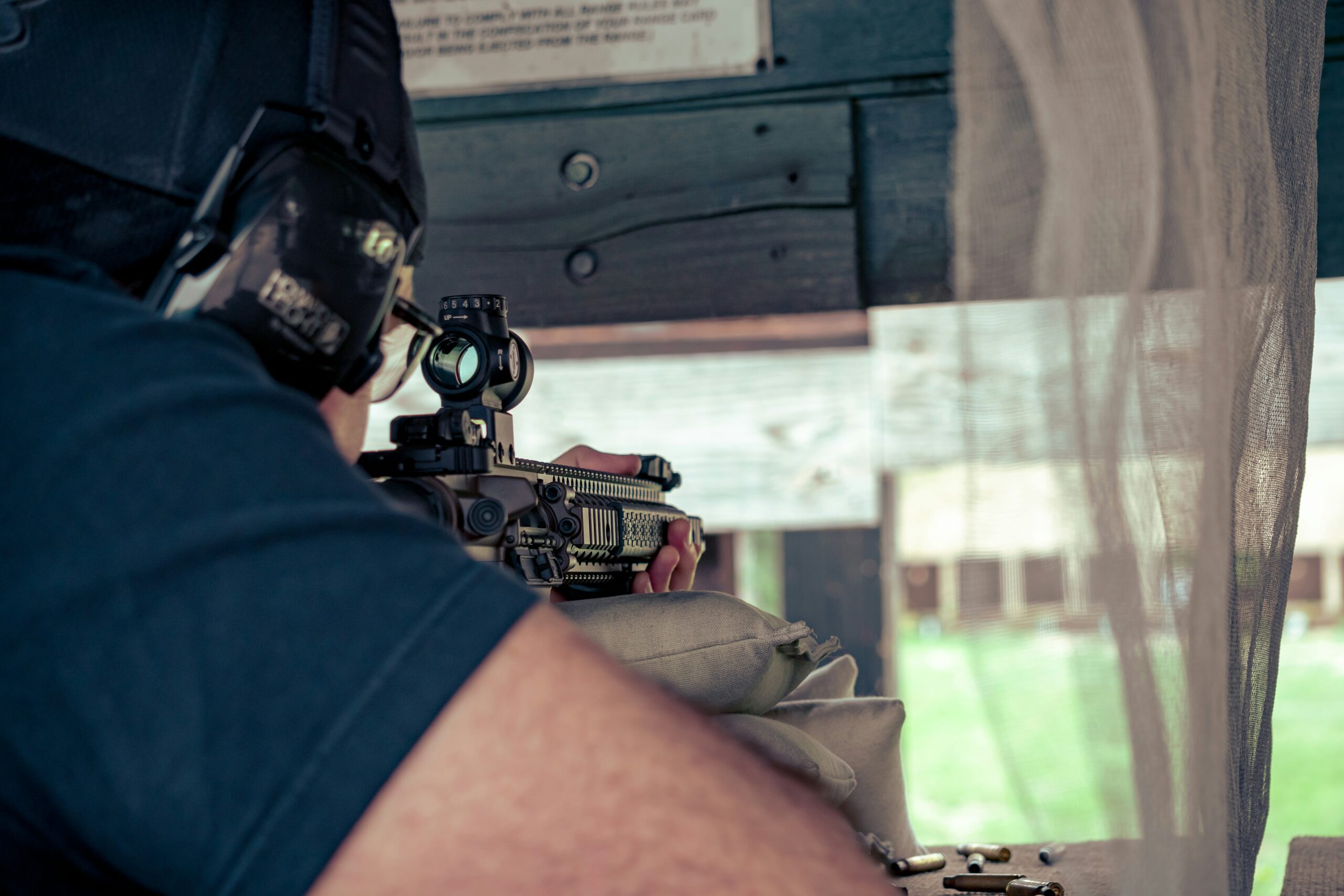In the realm of firearms, reliability and performance are paramount. Whether for law enforcement, military operations, sport shooting, or personal defense, a firearm’s ability to function as expected under various conditions can be the difference between success and failure, or even life and death. Evaluating firearm reliability and performance involves a comprehensive assessment of several key factors including design, materials, manufacturing quality, ease of maintenance, and real-world testing.
1. Design and Engineering: The Foundation of Reliability
The design and engineering phase of a firearm is critical in determining its overall reliability and performance. A well-designed firearm will have fewer parts, reducing the likelihood of mechanical failure, and will be engineered to tolerate the stresses of repeated use. Innovations in design, such as gas-operated reloading mechanisms in rifles or the integration of recoil-reducing features, play a significant role in enhancing performance and reliability. Firearms designed with a focus on ergonomics also ensure that users can operate them effectively under stress, contributing to their reliability. An example of a compact and reliable firearm designed with these principles in mind is the Taurus 605, a revolver known for its robust construction and dependability in personal defense situations.
2. Materials and Manufacturing Quality: Building for Endurance
The choice of materials and the quality of manufacturing are essential to a firearm’s durability and function. High-grade steel, polymer composites, and aircraft-grade aluminum are commonly used for their strength, light weight, and resistance to corrosion. Precision in manufacturing is equally important; even minor deviations can lead to significant reliability issues. The use of advanced manufacturing techniques like CNC machining ensures parts are made to exact specifications, enhancing the firearm’s overall reliability.
3. Testing and Quality Control: Ensuring Performance
Before a firearm is deemed reliable, it must undergo rigorous testing. This includes testing for accuracy, durability, and the ability to function in extreme conditions. Manufacturers often expose firearms to mud, sand, water, and extreme temperatures to simulate real-world scenarios. The military’s MIL-SPEC standards and the National Institute of Justice (NIJ) standards in the United States are examples of the rigorous testing protocols used to evaluate firearm reliability and performance.
4. Maintenance and Care: Sustaining Reliability
The ease with which a firearm can be maintained is a crucial aspect of its reliability. Firearms that are easy to disassemble, clean, and reassemble are more likely to remain reliable over time. Regular maintenance is essential to ensure that every part functions as intended, and manufacturers often provide detailed guidelines on care and maintenance. Firearms designed with fewer parts or with parts that are less susceptible to dirt and debris accumulation typically exhibit enhanced reliability.
5. Real-World Performance: The Ultimate Test
While laboratory tests and controlled environments provide valuable data on a firearm’s potential reliability and performance, real-world usage offers the most definitive evidence of its capabilities. Feedback from law enforcement officers, soldiers, and civilian users under various operational conditions is invaluable. These end-users can provide insights into a firearm’s reliability across different scenarios, including prolonged use, rapid firing, and adverse environmental conditions.
6. User Training and Familiarity: The Human Factor
The reliability and performance of a firearm are not solely determined by its physical attributes; the user’s proficiency and familiarity with the firearm also play a significant role. Proper training ensures that users can operate the firearm correctly, perform necessary maintenance, and identify and address potential issues before they impact reliability. A user’s ability to effectively handle and maintain their firearm complements its inherent design and manufacturing quality, ensuring optimal performance.
7. Continuous Improvement: Evolving Standards
The evaluation of firearm reliability and performance is an ongoing process. Manufacturers continuously seek feedback from users and incorporate advancements in technology and materials to enhance their products. Regulatory standards and testing protocols also evolve, pushing the industry towards higher reliability and performance benchmarks.
Conclusion:
Evaluating the reliability and performance of firearms is a multifaceted process that involves a careful examination of design, materials, manufacturing quality, and real-world performance. The integration of advanced engineering, rigorous testing, proper maintenance, and user training are all critical to ensuring that firearms perform reliably when it matters most. As technology and materials science continue to advance, so too will the standards of reliability and performance in the firearms industry, ensuring that users have access to increasingly dependable and effective tools for defense, duty, and sport.
Must Read: Travelers Palm: A Comprehensive Guide to Care and Maintenance

